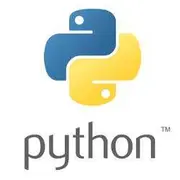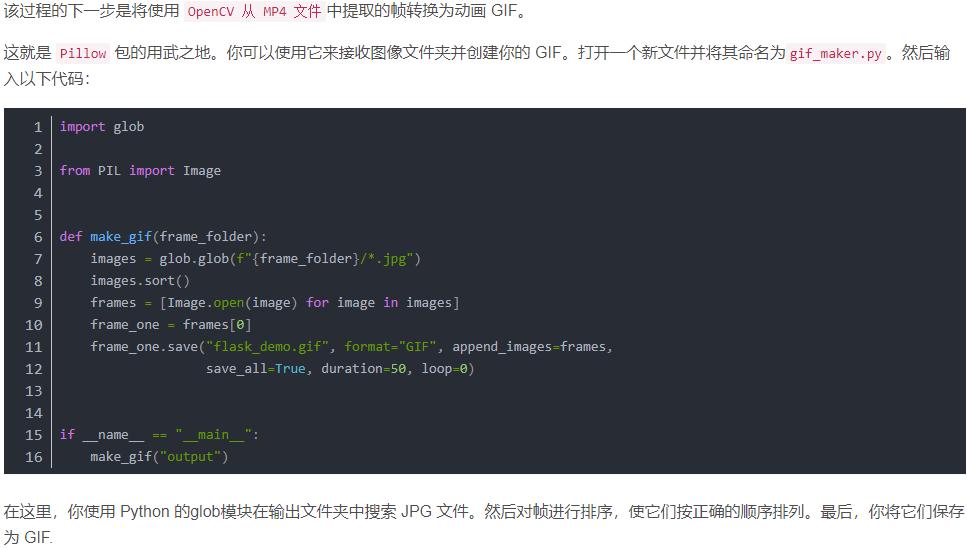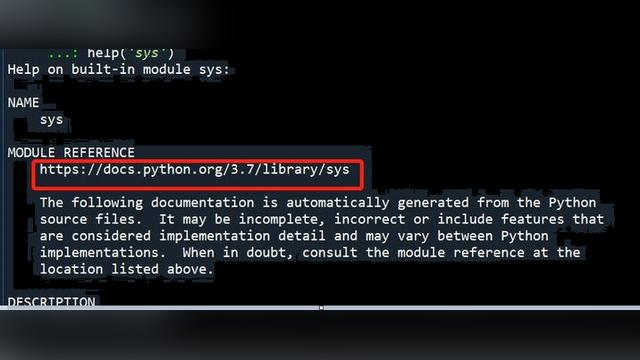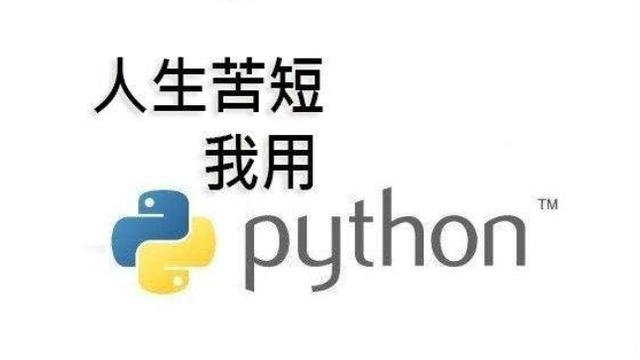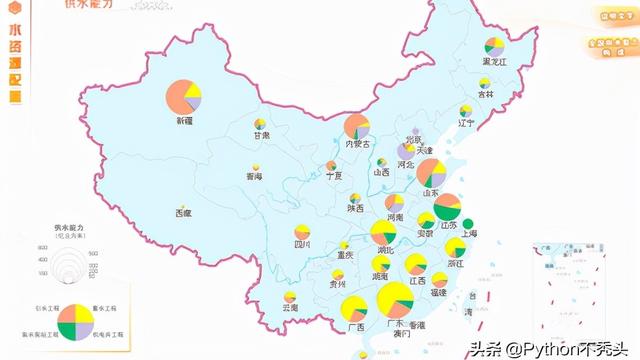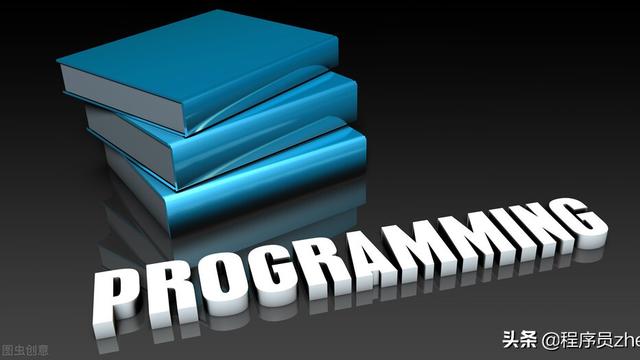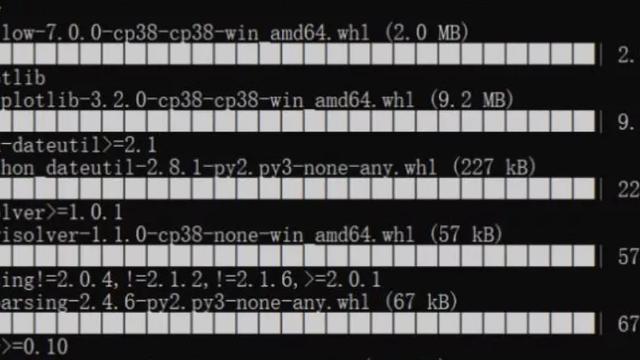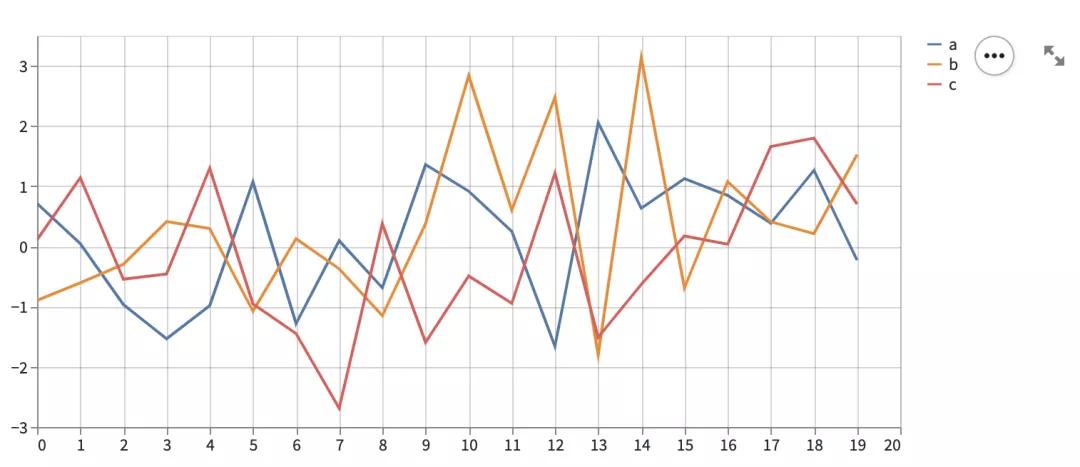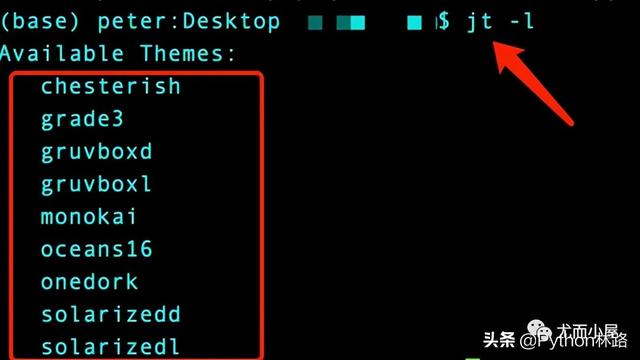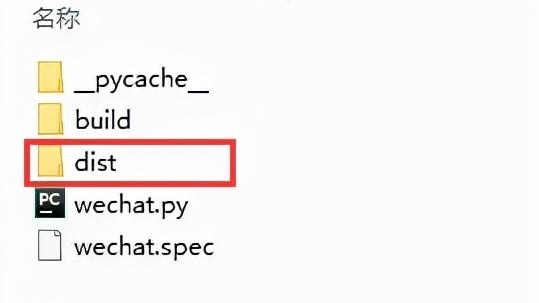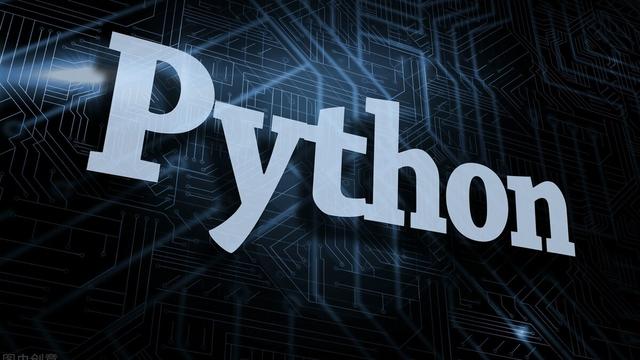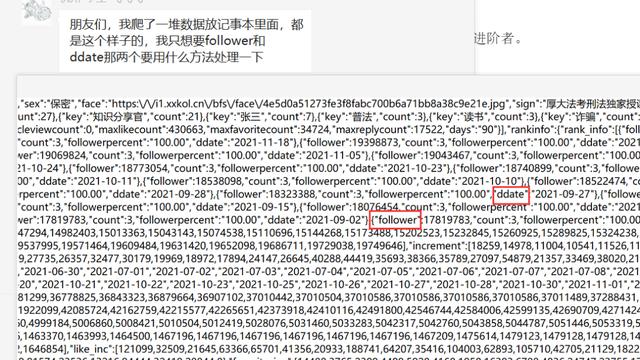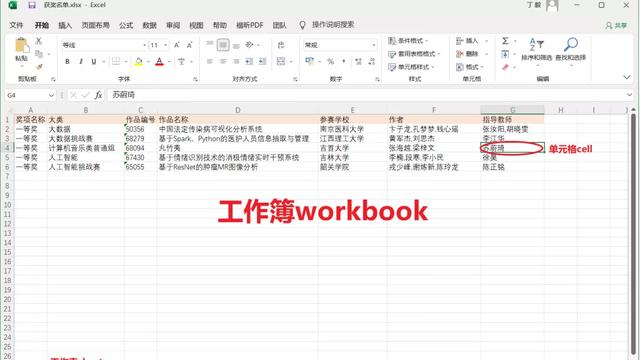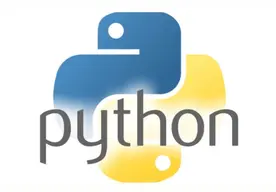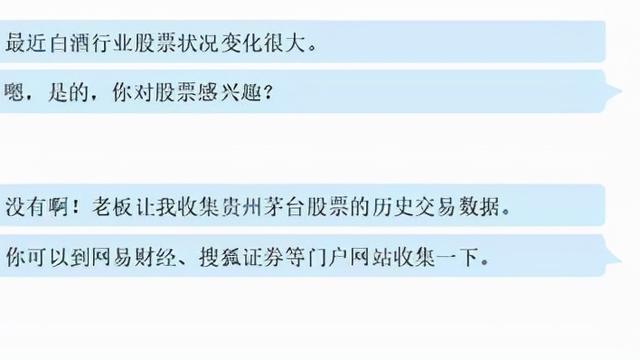python中的for循环语句怎么写

Python中的for循环语句怎么写?
Python for 循环语句
Python for循环可以遍历任何序列的项目,如一个列表或者一个字符串。
for循环的语法格式如下:
1
2
for iterating_var in sequence:
statements(s)
实例
1
2
3
4
5
6
7
8
9
10
11
#!/usr/bin/python
# -*- coding: UTF-8 -*-
for letter in 'Python': # 第一个实例
print '当前字母 :', letter
fruits = ['banana', 'Apple', 'mango']
for fruit in fruits: # 第二个实例
print '当前水果 :', fruit
print "Good bye!"
以上实例输出结果:
1
2
3
4
5
6
7
8
9
10
当前字母 : P
当前字母 : y
当前字母 : t
当前字母 : h
当前字母 : o
当前字母 : n
当前水果 : banana
当前水果 : apple
当前水果 : mango
Good bye!
通过序列索引迭代
另外一种执行循环的遍历方式是通过索引,如下实例:
实例
1
2
3
4
5
6
7
8
#!/usr/bin/python
# -*- coding: UTF-8 -*-
fruits = ['banana', 'apple', 'mango']
for index in range(len(fruits)):
print '当前水果 :', fruits[index]
print "Good bye!"
以上实例输出结果:
1
2
3
4
当前水果 : banana
当前水果 : apple
当前水果 : mango
Good bye!
以上实例我们使用了内置函数 len() 和 range(),函数 len() 返回列表的长度,即元素的个数。 range返回一个序列的数。
循环使用 else 语句
在 python 中,for … else 表示这样的意思,for 中的语句和普通的没有区别,else 中的语句会在循环正常执行完(即 for 不是通过 break 跳出而中断的)的情况下执行,while … else 也是一样。
实例
1
2
3
4
5
6
7
8
9
10
11
#!/usr/bin/python
# -*- coding: UTF-8 -*-
for num in range(10,20): # 迭代 10 到 20 之间的数字
for i in range(2,num): # 根据因子迭代
if num%i == 0: # 确定第一个因子
j=num/i # 计算第二个因子
print '%d 等于 %d * %d' % (num,i,j)
break # 跳出当前循环
else: # 循环的 else 部分
print num, '是一个质数'
以上实例输出结果:
1
2
3
4
5
6
7
8
9
10
10 等于 2 * 5
11 是一个质数
12 等于 2 * 6
13 是一个质数
14 等于 2 * 7
15 等于 3 * 5
16 等于 2 * 8
17 是一个质数
18 等于 2 * 9
19 是一个质数
以上就是python中的for循环语句怎么写的详细内容
